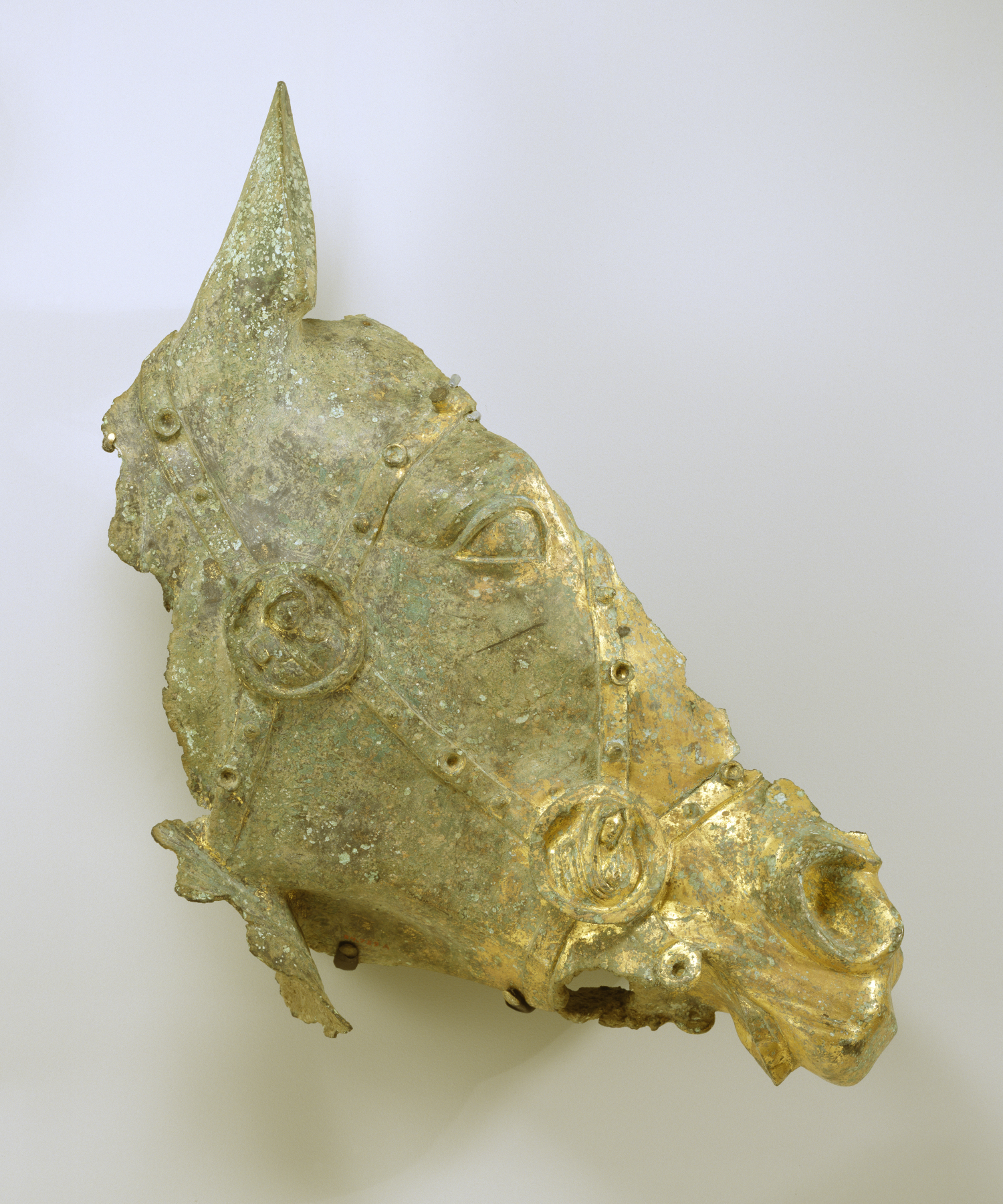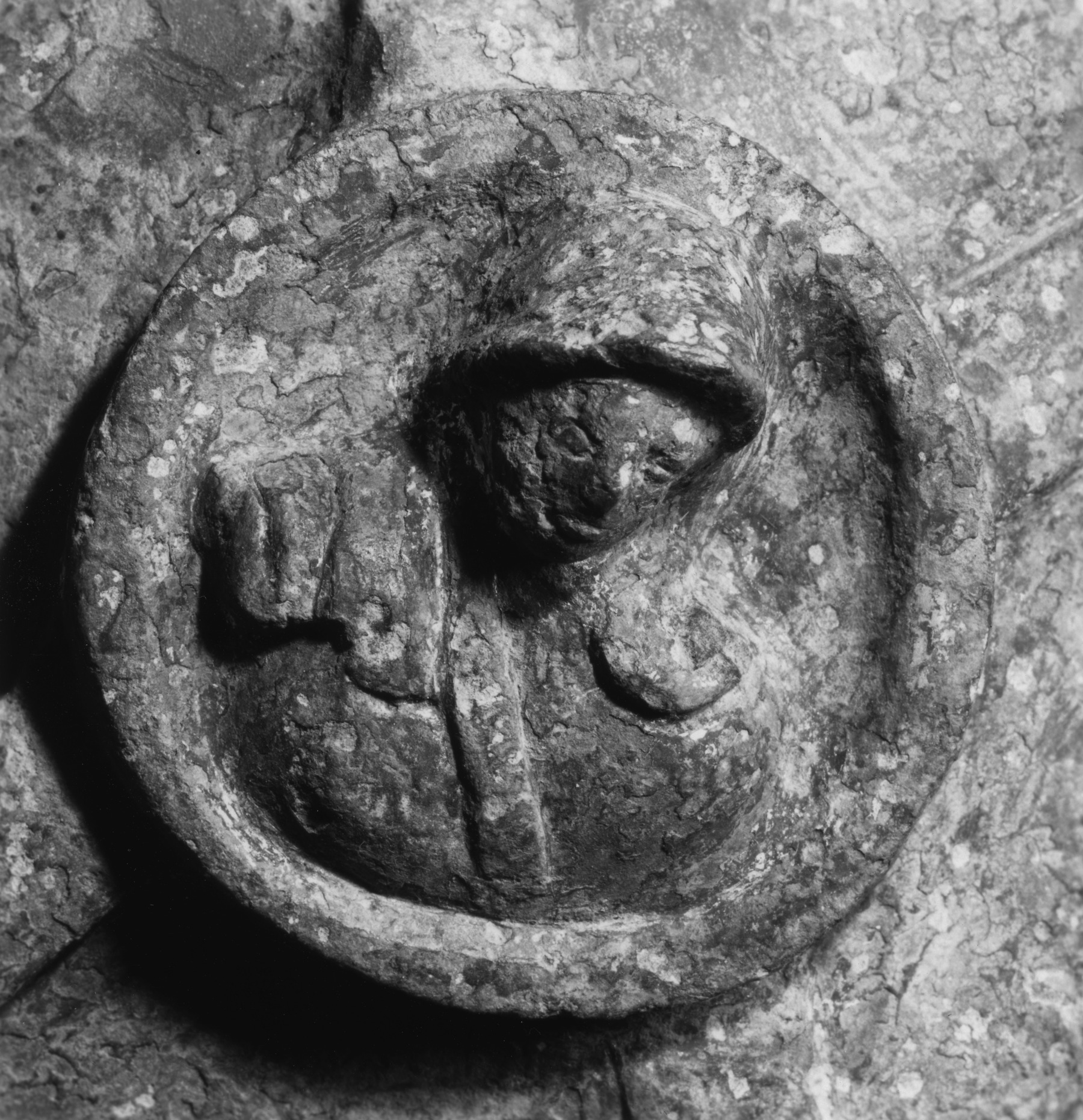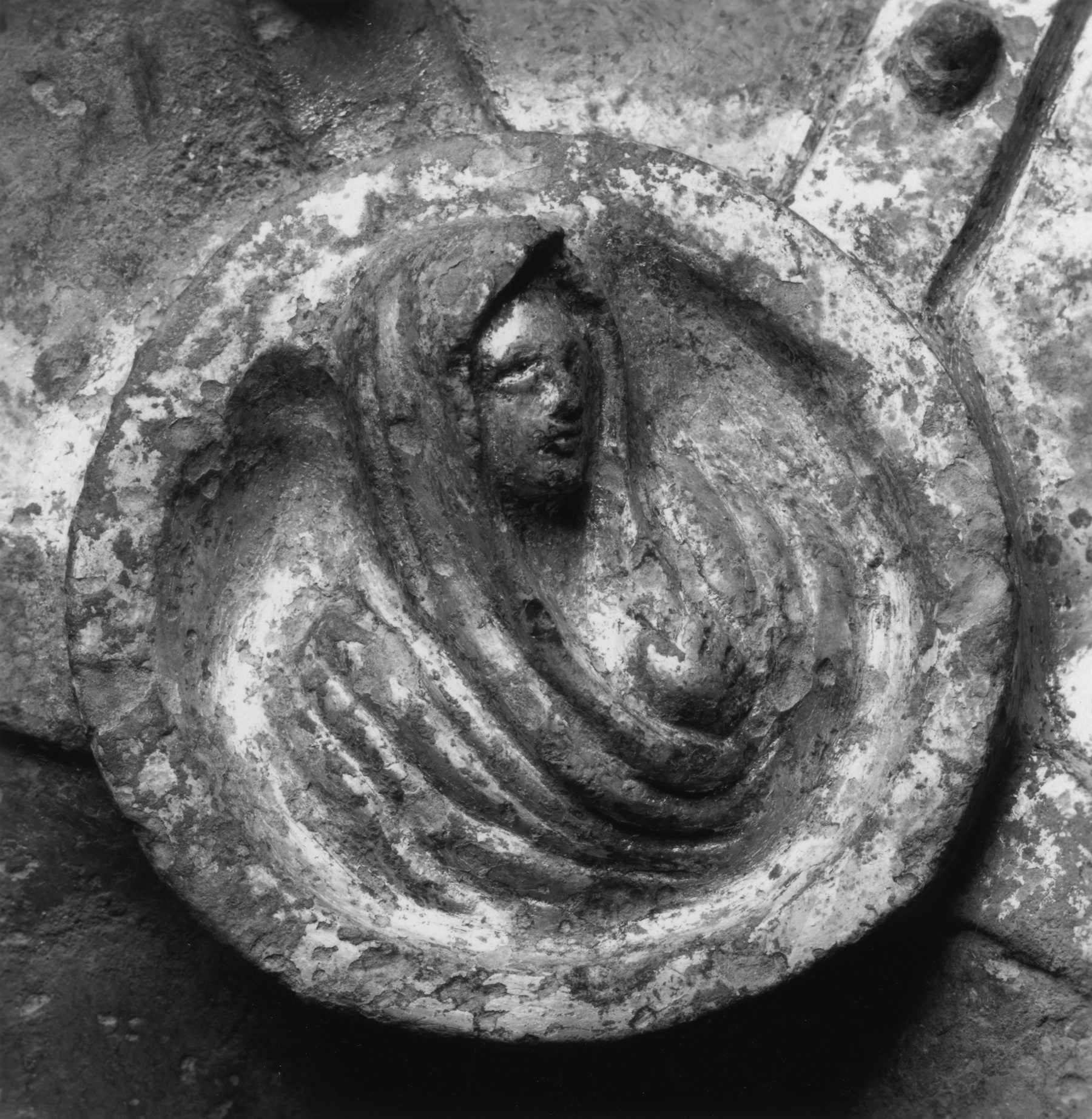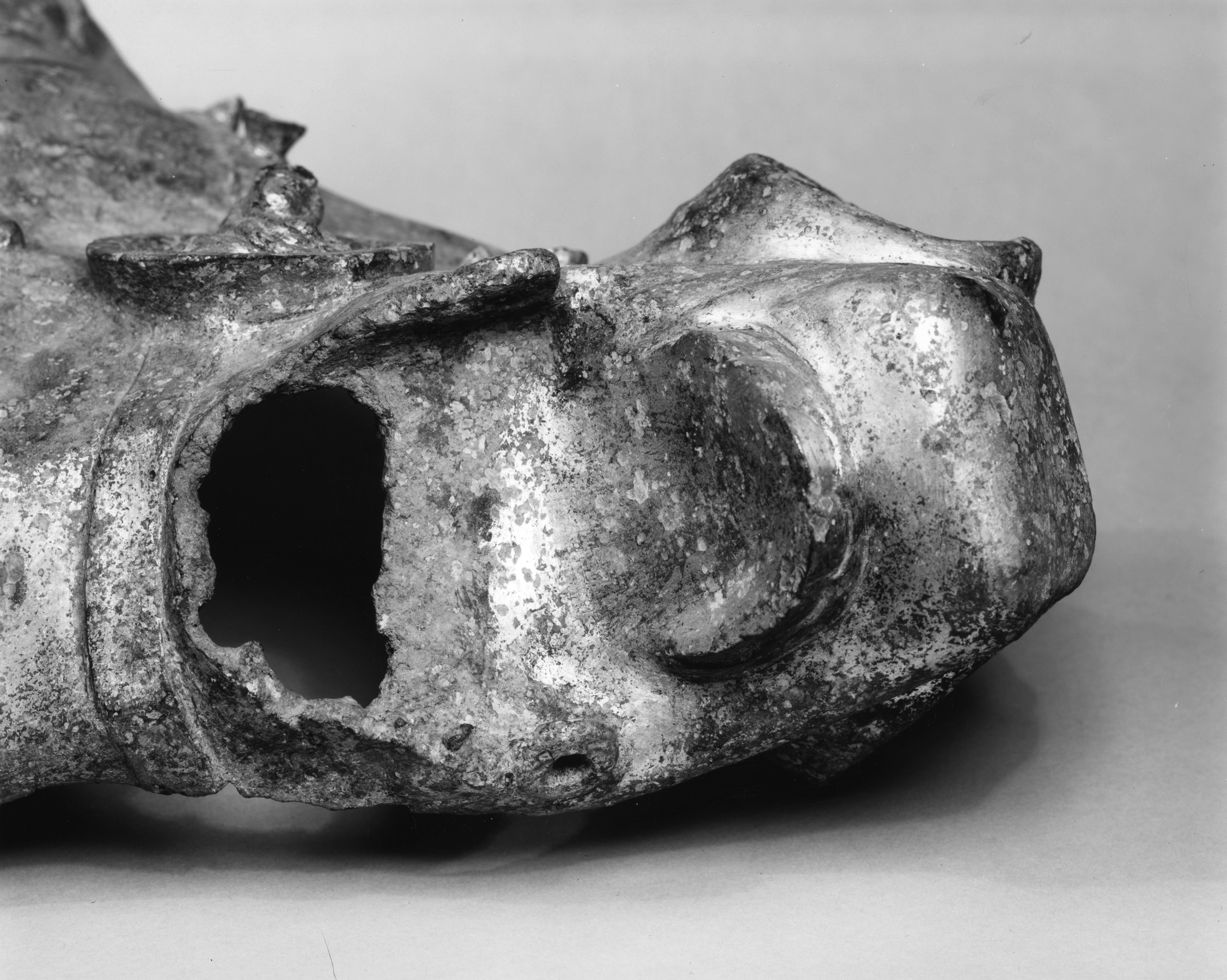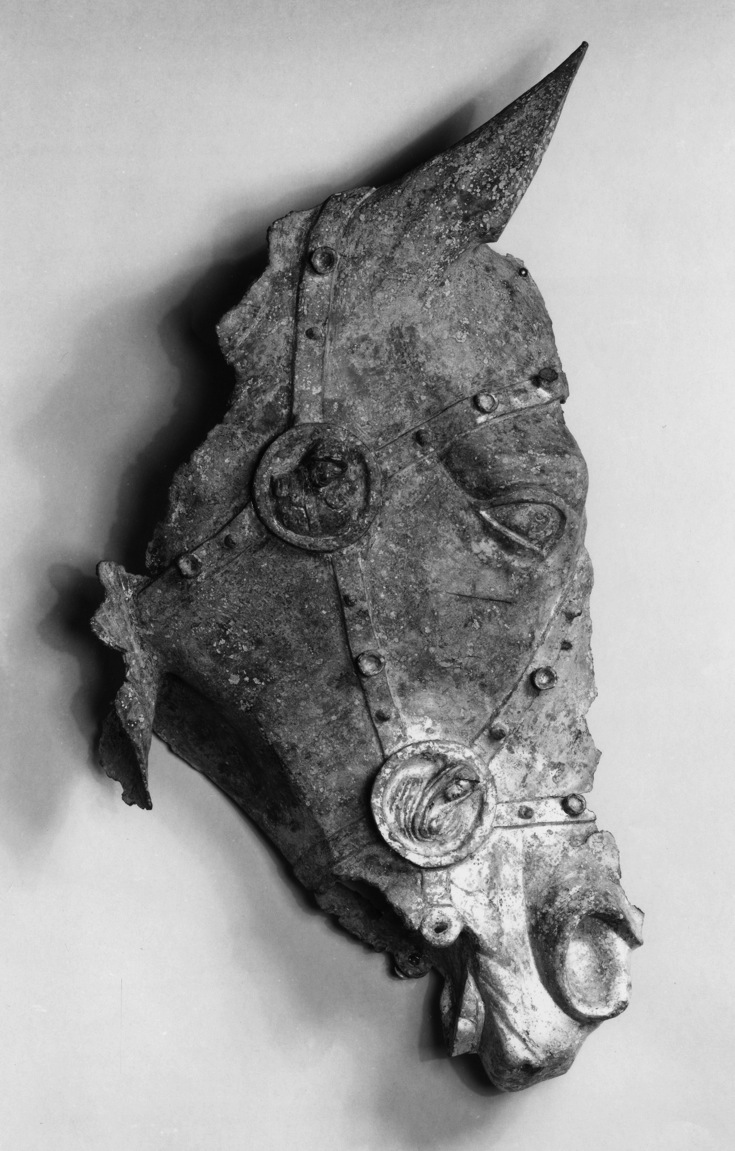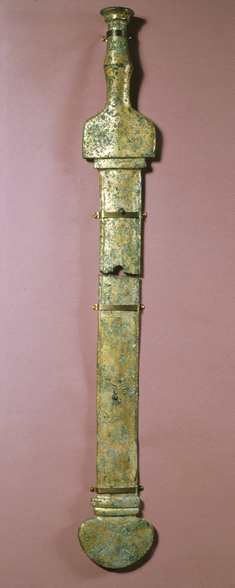Head of a Horse
(Roman Empire )
Originally part of a large equestrian monument, this head allows us to imagine what was a common sight for the ancient viewer: imposing public statuary that embodied the civic values of imperial Rome. Military officials were often depicted on horseback, and the rider that was represented on the monument was likely a member of the imperial family. Such statues contained large amounts of bronze, and most were melted down for reuse in weapons and other implements in later times of crisis.
Provenance
Provenance (from the French provenir, 'to come from/forth') is the chronology of the ownership, custody, or location of a historical object.
Casteleone de Suasa (?) [date and mode of acquisition unknown]; D. Emmanuele Ruspoli, Rome (?) [date and mode of acquisition unknown]; Don Marcello Massarenti Collection, Rome [date and mode of acquisition unknown]; Henry Walters, Baltimore, 1902, by purchase; Walters Art Museum, 1931, by bequest.
Exhibitions
| 1998-2001 | Highlights from the Collection. The Walters Art Gallery, Baltimore. |
| 1996 | Fire of Hephaistos: Large Classical Bronzes from North American Collections. Harvard Art Museums, Cambridge; Toledo Museum of Art, Toledo; Tampa Museum of Art, Tampa. |
| 1995 | The Allure of Bronze. The Walters Art Gallery, Baltimore. |
| 1984 | The Taste of Maryland: Art Collecting in Maryland 1800-1934. The Walters Art Gallery, Baltimore. |
| 1947 | Early Christian and Byzantine Art. Baltimore Museum of Art, Baltimore. |
Conservation
| Date | Description | Narrative |
|---|---|---|
| 7/20/1970 | Treatment | cleaned |
| 1/16/1974 | Treatment | cleaned; coated; other |
| 7/21/1995 | Examination | other |
| 7/21/1995 | Treatment | other |
Geographies
Italy (Suasa) (Place of Origin)
Measurements
H: 24 x W: 17 15/16 x D: 7 in. (61 x 45.6 x 17.8 cm)
Credit Line
Acquired by Henry Walters with the Massarenti Collection, 1902
Location in Museum
Accession Number
In libraries, galleries, museums, and archives, an accession number is a unique identifier assigned to each object in the collection.
In libraries, galleries, museums, and archives, an accession number is a unique identifier assigned to each object in the collection.
54.759

